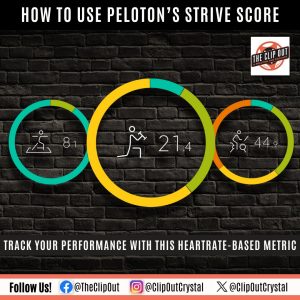Powering Modern Manufacturing with the Versatility of an Injection Moulding Machine

When you mention an injection moulding machine, most people picture the obvious—plastic forks, bottle caps, maybe a phone case. Everyday things. But the truth? The machine is doing far more than churning out cheap plastics. It’s the backbone of industries we barely think about. The same method that makes a disposable cup is also trusted to produce syringes in hospitals or durable dashboard parts in cars that travel thousands of kilometres. That leap, from trivial to critical, shows its real weight.
Why Speed Isn’t the Whole Story
Yes, moulding is fast. Everyone knows that. A cycle sometimes takes just seconds. But speed is only the surface. What keeps industries hooked is repeatability. That perfect sameness. A medical tube must not vary. An automotive clip cannot afford to be “almost right.” It has to be exact, always. Otherwise, things break. Lives may be at risk.
This consistency is what stabilises entire supply chains. Imagine an assembly line forced to halt because one part is off by a fraction. The ripple effect would be catastrophic. Injection moulding quietly prevents that chaos.
The Cost That Stings at First
Here’s a reality many overlook: the mould itself often costs more than people expect. Tens of thousands for something complex. Even a basic one burns a hole in a budget. Start-ups hesitate. Small inventors sometimes stop before they start. It feels like a wall.
Yet for big manufacturers, the equation flips. Once the mould is made, the parts come cheap—pennies compared to alternatives. The cost per unit falls dramatically as production scales. It’s a paradox. Heavy upfront pain, long-term relief. Some of today’s most affordable products only exist because someone took that gamble early.
Who Depends on It the Most
Look around your home and you’ll see moulding’s fingerprints everywhere. The toothbrush by your sink. The remote control on the sofa. The food container tucked in the fridge. Each owes its shape to this method.
But its influence stretches further. In hospitals, sterile instruments, precise diagnostic tools, even the simple syringe—all demand strict tolerances only moulding can deliver. In cars, lighter moulded plastics replace heavier metals, shaving off weight, improving fuel economy, and meeting emission targets. In electronics, sleek casings protect delicate circuits while still looking good enough to appeal to buyers. The injection moulding machine is, in many ways, invisible. Yet everywhere.
Materials: A Business Decision in Disguise
Polypropylene, ABS, polyethylene—standard choices, dependable and cheap. But material choice is rarely just technical. It’s strategic. A decision about future costs, branding, compliance.
A company may pick recycled plastic, not because it’s easier, but because legislation or consumer pressure leaves no other choice. Others experiment with biodegradable options to appeal to environmentally conscious markets. In other words, the machine stays the same, but the feedstock becomes a story of survival in competitive markets.
The Shift Toward Smarter Production
People talk about automation, and yes, robotics surround modern moulding systems. But the deeper revolution lies in simulation. Engineers now test a design digitally—how molten plastic flows, where it cools, where defects might appear—before cutting the actual mould. That saves months, maybe millions, in wasted resources.
And then there’s 3D printing. It doesn’t compete with moulding; it collaborates. Designers print prototypes, refine them, test fit and function, then commit to moulding when they’re sure. The two together create a loop: fast iteration feeding into mass production. A partnership of opposites.
Wrestling with Sustainability
For all its brilliance, injection moulding has a shadow. Plastic waste. The world has noticed. Legislators too. Companies can’t ignore it anymore. So the push is on: energy-efficient machines, resins with recycled content, bioplastics that decay faster.
Forward-thinking manufacturers now highlight sustainability in their processes, not just products. How much energy is saved per cycle? How many tonnes of plastic have been replaced by recycled alternatives? These details are becoming competitive advantages, not afterthoughts.
The machine is adapting. Quietly, yes. But decisively.
Closing Thoughts
At first glance, it’s just another piece of industrial equipment. But look closer. The injection moulding machine is not simply a way of shaping plastic. It’s a lever that shifts economies, decides whether ideas scale or stall, and now—more than ever—tests how industries respond to environmental demands.
Ordinary in appearance, extraordinary in impact. A tool of the present, and almost certainly, the future.












